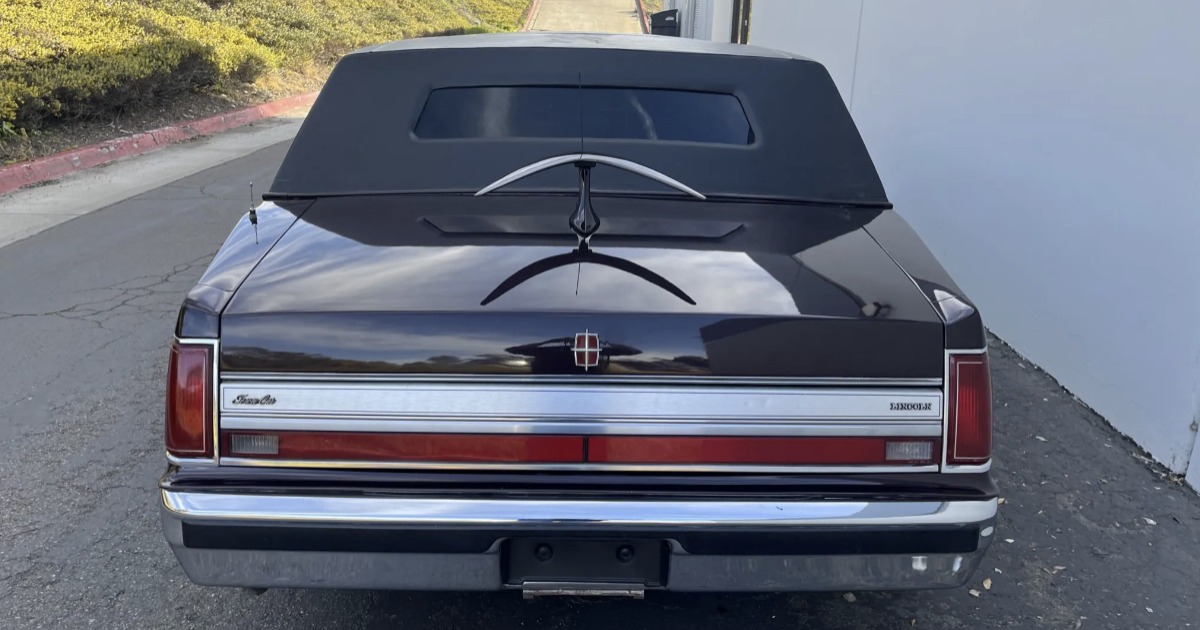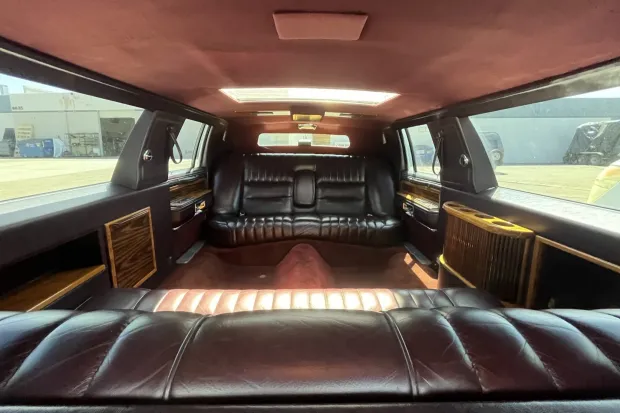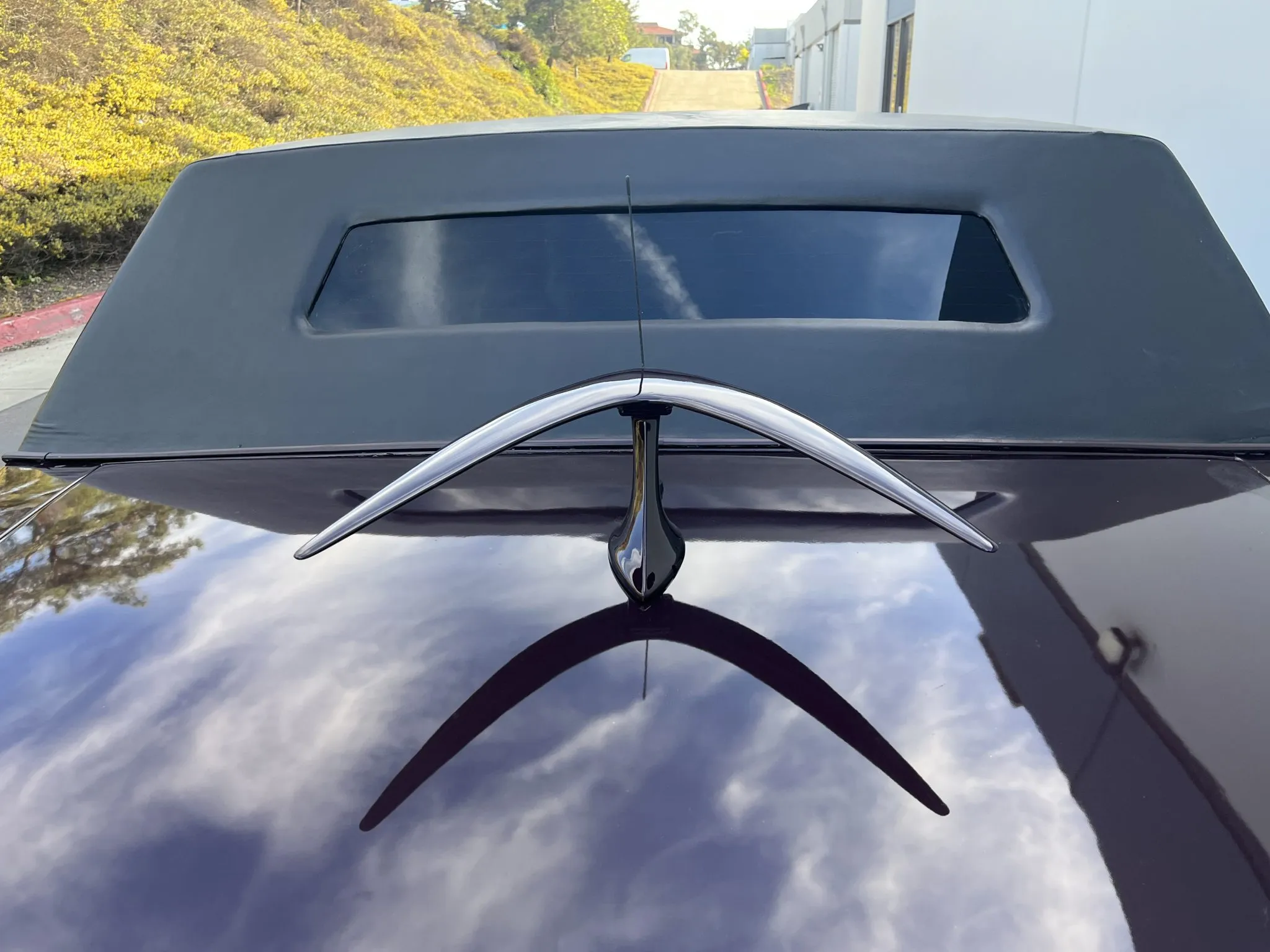Why Was This on Every Limo?

Source: Bring A Trailer
If you’ve ever seen a tail-end curved metal device affixed to a classic limo trunk, it’s a television antenna. In the 1980s and 1990s the boomerang antenna was both practical and styling for limousines.
Rolling Living Room
Limos were a little overly extravagant for a transportation device. They were outfitted with luxurious seating, barricades for privacy, a bar, and built-in TVs. Guests even had the option for live tv providing they had a consistent way to obtain the over-the-air broadcast signals. The boomerang style actually offered that solution.

Why the Boomerang?
The boomerang provide better visual continuity with the other luxury elements of car design. A whip antenna would not seem fitting on the modern day limo. The boomerang designed also fit with the body lines and did provide adequate reception. Locating the antenna on the trunk put it outside the critical vhf reception areas of vinyl roofs and kept the cruise clean look.
Prestige
The boomerangs also signified that the limo carried a premium upgrade—a status symbol of technology and exclusivity. Some would even rotate or reposition to optimize reception, not only an accessory but part of the entertainment system.

Linear Requirement of Analog Era
Before having cable or satellite in luxury vehicles, viewing live TV meant having an external antenna. To get feed of similar to home TV with rabbit ears would be better than none. Those type with antennas were receiving tv analog broadcast signals.
The End of Boomerang?
With mobile use streaming services, Wi-Fi in cars, the boomerang antenna on limousines is diminished. We no longer need it, but it reminds us of a time when people measured luxury by appearance and bold style. It was a time when riding in a limo was not a form of transportation but an experience.